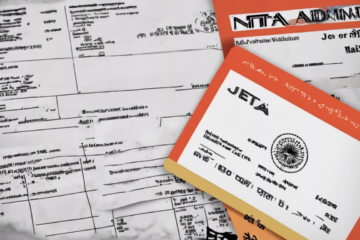The Incredible World Beneath Ocean Floors

Underneath the vast expanse of the world’s oceans lies a mysterious and fascinating realm that few of us ever get to explore firsthand. As the surface of our planet is mostly covered by water, the ocean floor plays a crucial role in shaping the Earth’s geography, climate, and ecosystems. In this article, we will delve into the amazing world beneath the ocean floors, exploring its geology, marine life, and valuable resources.
Uncovering the Mysteries of the Ocean Floor
The ocean floor is a dynamic and complex landscape that is shaped by various geological processes. Let’s take a closer look at some of the key features and phenomena that define this extraordinary environment:
1. Seafloor Spreading and Tectonic Plates
- The ocean floor is constantly in motion due to the process of seafloor spreading, where new oceanic crust is created at mid-ocean ridges. This phenomenon is a key component of plate tectonics, the theory that the Earth’s lithosphere is divided into rigid plates that move over the semi-fluid asthenosphere.
- The movement of these tectonic plates leads to the formation of various features on the ocean floor, such as trenches, volcanic arcs, and fracture zones.
2. Marine Life in the Depths
- Despite the extreme conditions of the deep ocean, a diverse array of marine life thrives on and around the ocean floor. Deep-sea creatures have evolved unique adaptations to survive in the cold, dark, and high-pressure environment of the abyssal plains and trenches.
- From bioluminescent fish and jellyfish to giant squid and deep-sea corals, the ocean floor is teeming with fascinating organisms that play a vital role in the marine ecosystem.
3. Mineral Resources and Energy Reserves
- The ocean floor is a rich source of mineral resources such as manganese nodules, polymetallic sulfides, and phosphorite deposits. These valuable minerals have attracted interest from mining companies and governments seeking to tap into the vast wealth lying beneath the deep sea.
- In addition to mineral resources, the ocean floor also holds significant energy reserves in the form of oil and gas deposits. Offshore drilling operations have expanded into deeper waters in search of these valuable resources.
Preserving the Ocean Floor
As we continue to explore and exploit the resources of the ocean floor, it is essential to prioritize environmental conservation and sustainable practices to protect this fragile ecosystem. Measures such as marine protected areas, international agreements on deep-sea mining, and scientific research on deep-sea biodiversity are crucial for safeguarding the health of the ocean floor for future generations.
FAQs:
1. What are some of the major threats to the ocean floor ecosystem?
- Answer: Pollution, deep-sea mining, overfishing, and climate change are some of the primary concerns facing the ocean floor ecosystem.
2. How deep is the deepest part of the ocean floor?
- Answer: The Mariana Trench in the western Pacific Ocean is the deepest part of the ocean floor, reaching depths of over 36,000 feet.
3. What role do hydrothermal vents play in deep-sea ecosystems?
- Answer: Hydrothermal vents are oases of life on the ocean floor, supporting unique communities of extremophile organisms that rely on chemosynthesis for energy.
4. How are marine protected areas established to conserve the ocean floor?
- Answer: Marine protected areas are designated regions of the ocean where human activities are restricted to conserve biodiversity, habitats, and ecosystem services.
5. What are some innovative technologies used to explore the ocean floor?
- Answer: Remotely operated vehicles (ROVs), autonomous underwater vehicles (AUVs), and multibeam sonar mapping are some of the cutting-edge technologies used to study and explore the ocean floor.
In conclusion, the ocean floor is a wondrous and enigmatic part of our planet that holds immense value and significance for scientific research, biodiversity conservation, and sustainable resource management. By deepening our understanding of the incredible world beneath the ocean floors, we can work towards a harmonious coexistence with this unique and vital ecosystem.





